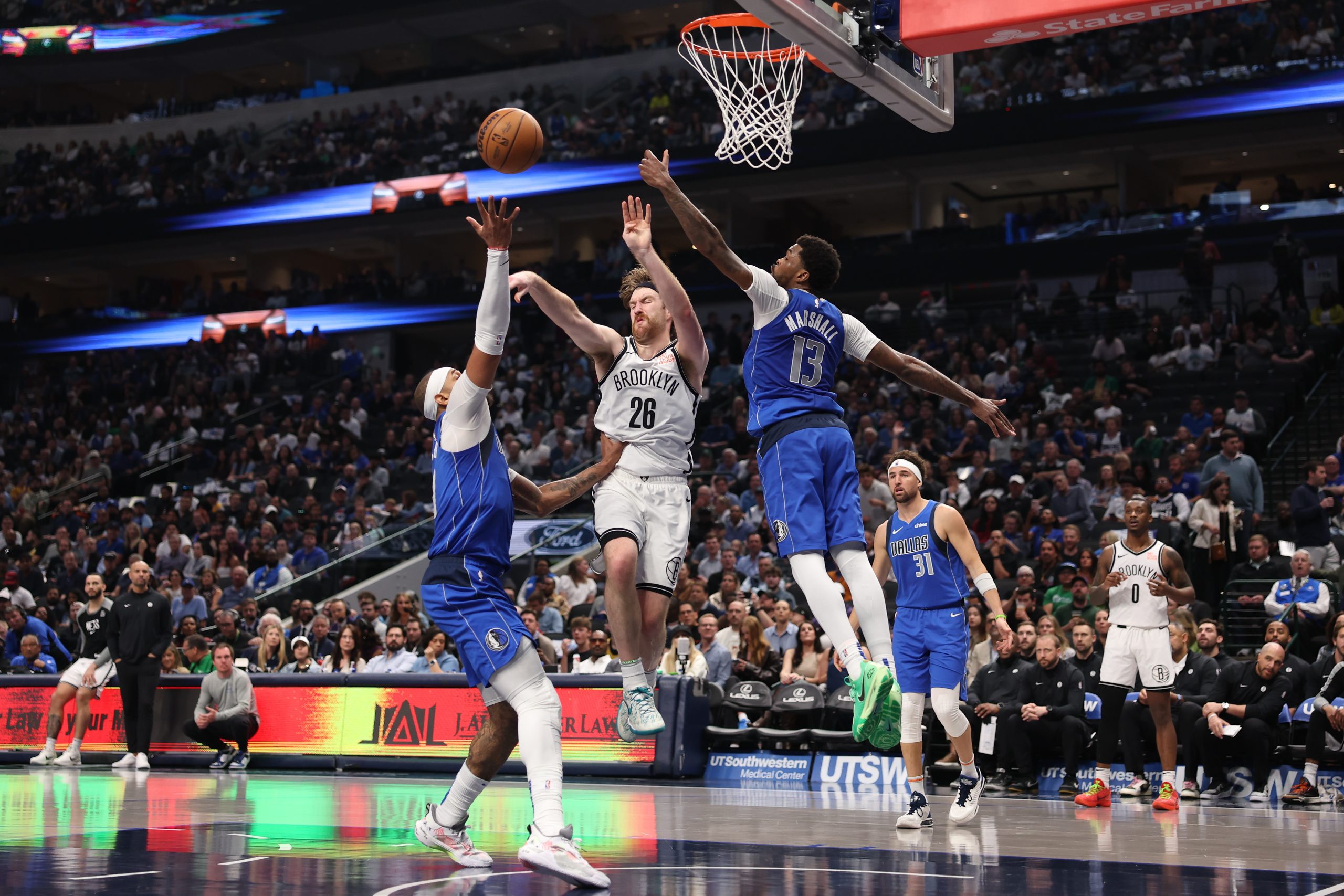The Boston Celtics held a 66-58 edge over the Atlanta Hawks at halftime of Game 5 on Tuesday, but the stat everyone was raving about at the time looked more lopsided.
Boston was up 20-0 in fast break points and smoking the Hawks in transition. According to Cleaning the Glass, they were adding 14 points per 100 possessions with their transition buckets, helping boost the offensive floor as they appeared on track for a victory. They then managed just four fast break points in the second half, underscoring the brutal late-game stagnation viewers have recognized all too well from the regular season.
Coach Joe Mazzulla even referenced the negative tempo shift that led to the loss in his postgame presser.
“I think it’s more we just lost our pace a little bit on the offensive end — partly on, you know, me trying to make sure we run a good play,” Mazzulla said. “And we talked about playing faster down the stretch, and I thought we just lost some of our pace, which allowed them to pressure us and get into passing lanes.”
Pace isn’t a new improvement area with this Celtics team (or past teams). During the regular season, they got out in transition on just 13.8% of their plays, tied for the fourth-lowest rate in the NBA. However, Boston was a respectable 12th in the league in transition scoring efficiency, but it hardly mattered because the team rarely sought out those chances.
Boston’s elite, third-ranked halfcourt offense put up 103.4 points per 100 possessions in the regular season; their middling transition offense was still far more effective (127.5).
Pushing the pace isn’t a magic ticket to success. The Philadelphia 76ers just swept the Brooklyn Nets while hardly accomplishing anything on fast breaks. But among the top eight playoff teams most frequently getting out in transition, seven (the Lakers, Kings, Knicks, Suns, Heat, Hawks, and Grizzlies) have advanced to the next round or at least pushed their series to six games.
The Celtics struggled to do so through four games, and then in the first half of Game 5, they put on a clinic.
Boston picked up one steal in the entire contest. When they succeeded in transition, they beat the Hawks after misses. Jaylen Brown gets out and running quickly here, and once he notices no Hawks defense behind De’Andre Hunter, he attacks the matchup. Brown decisively went at perceived mismatches for most of the game, also blowing past guys like Jalen Johnson and Clint Capela with his downhill speed and power.
Less than three minutes later, Brown gets a very similar opportunity, running down the right side of the floor with a guard (Derrick White) in front of him and a mismatch (Trae Young) directly ahead. This time, Brown sees that John Collins and Capela hustled to provide help inside. He draws in Young and makes a quick pass to White for an easy corner three.
Playing with pace can tilt the scales even when they have the numbers advantage. It often locks mismatches into place because defenses don’t have time to set assignments. When Boston spaces the floor well in transition — which it often does — the driving and kicking options seem effortless.
A teamwide commitment to running in transition makes a bad defensive effort look even uglier. The clip above shows a 5-on-1 fast break where all five Celtics are sprinting to overwhelm poor Hunter, the only Atlanta player back. It’s a lopsided situation where most of the Hawks were in a tough spot to catch up, but Boston also capitalized.
In the second half, particularly when they shifted into clock-management mode, the Celtics stopped applying pressure.
Mazzulla said he might have called too many set plays. While it’s still on the offense to execute, emphasizing sets would logically shift the focus from attacking what’s directly in front of the team to waiting for the possession to unfold.
Jayson Tatum’s late turnover — which already comes from a reset with only 12 seconds left on the shot clock — is an example. He’s waiting for Derrick White to cut into space and see if White or Jaylen Brown get open as a result. It’s similar to a play that worked earlier in the quarter. The Hawks know what’s coming, though, which is why Hunter and Bogdan Bogdanovic are leaping up to block the pass.
When Tatum gets the ball, he has an obvious opportunity to physically overwhelm Bogdanovic and Young on the strong side. But he waits to let the play unfold and it leads to a turnover.
Boston didn’t get many opportunities to run off of misses and steals late because Atlanta simply made a ton of shots. But pace also has value in the halfcourt: attacking weaker defenders, seeking out advantages and forcing defenses into rotation. The Celtics didn’t hit those energy levels, and the Hawks stepped up their defensive intensity, and the game lost control.
This is a good transition team. Tatum, Brown, White, Marcus Smart and Malcolm Brogdon have all demonstrated they can be trusted to drive on a defense, in the open floor or not, and make the right decision. It’s on the collective unit to remember and finish off the round with spirit.






